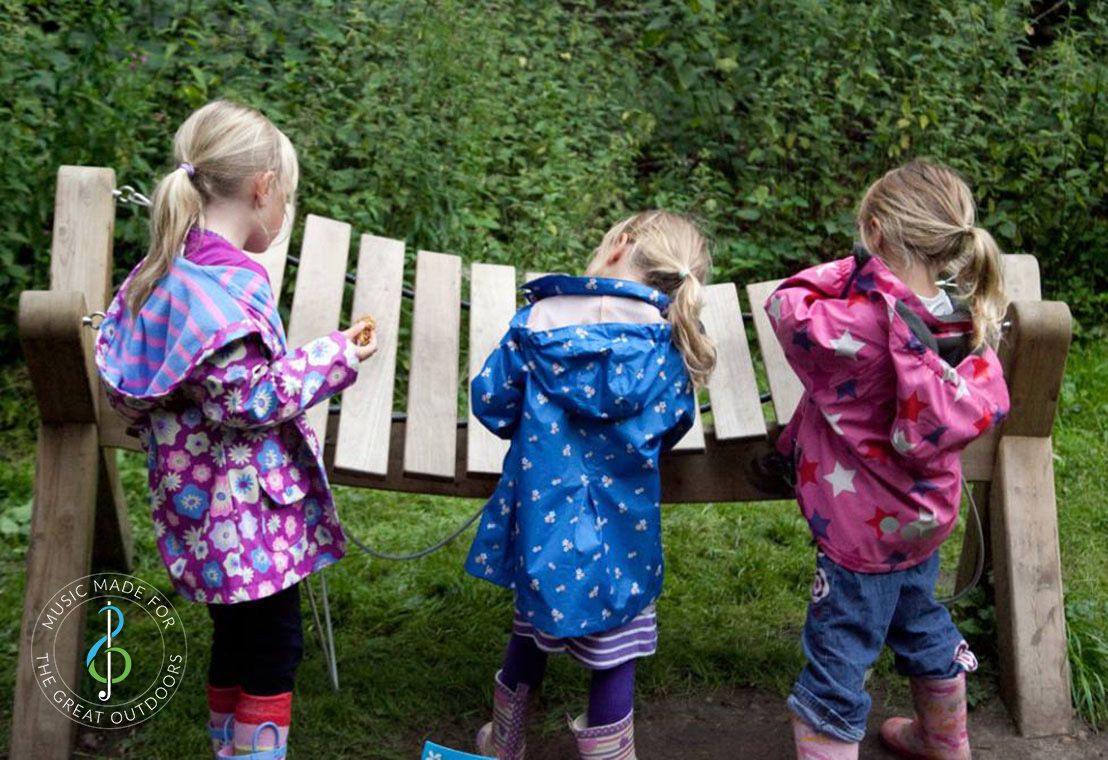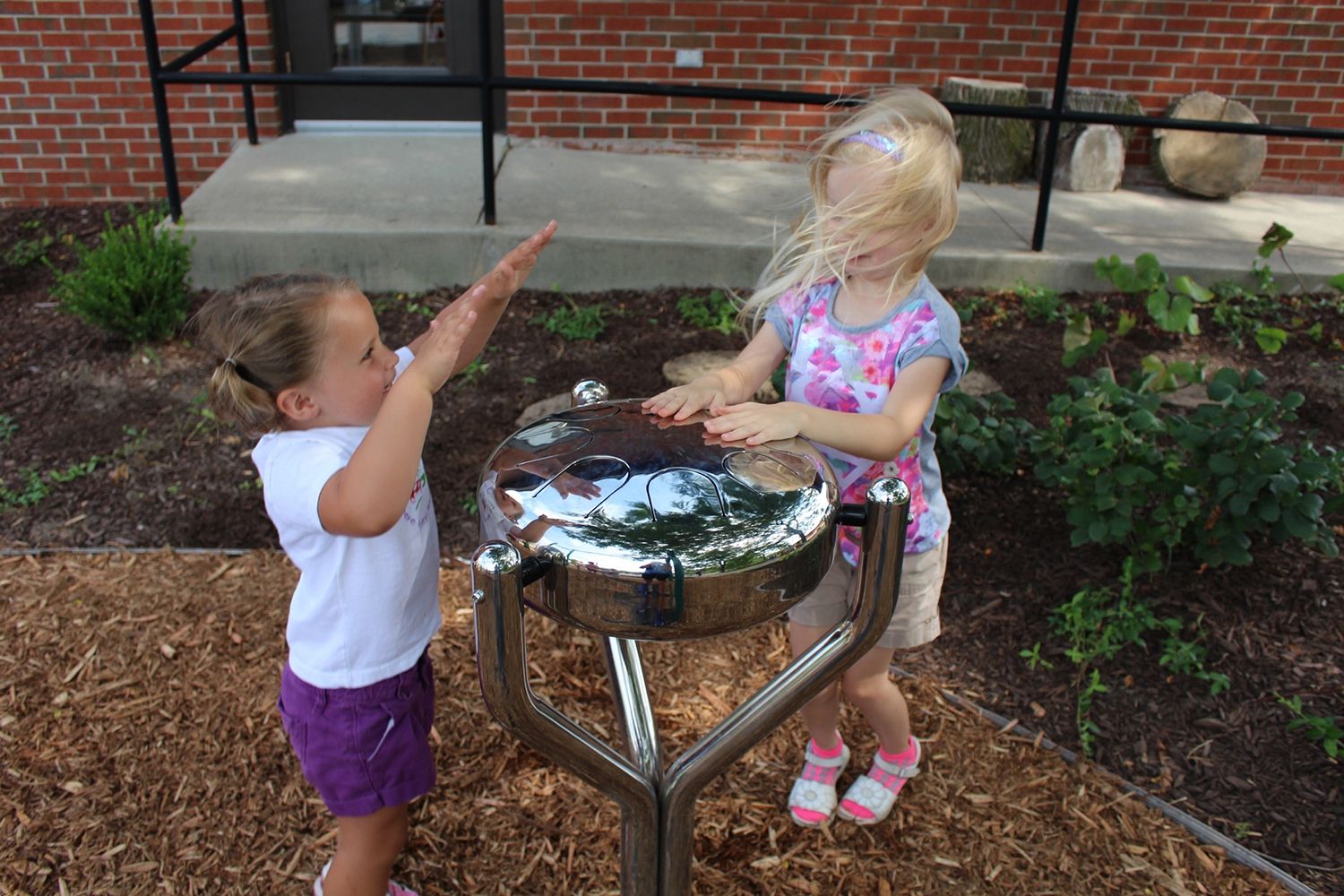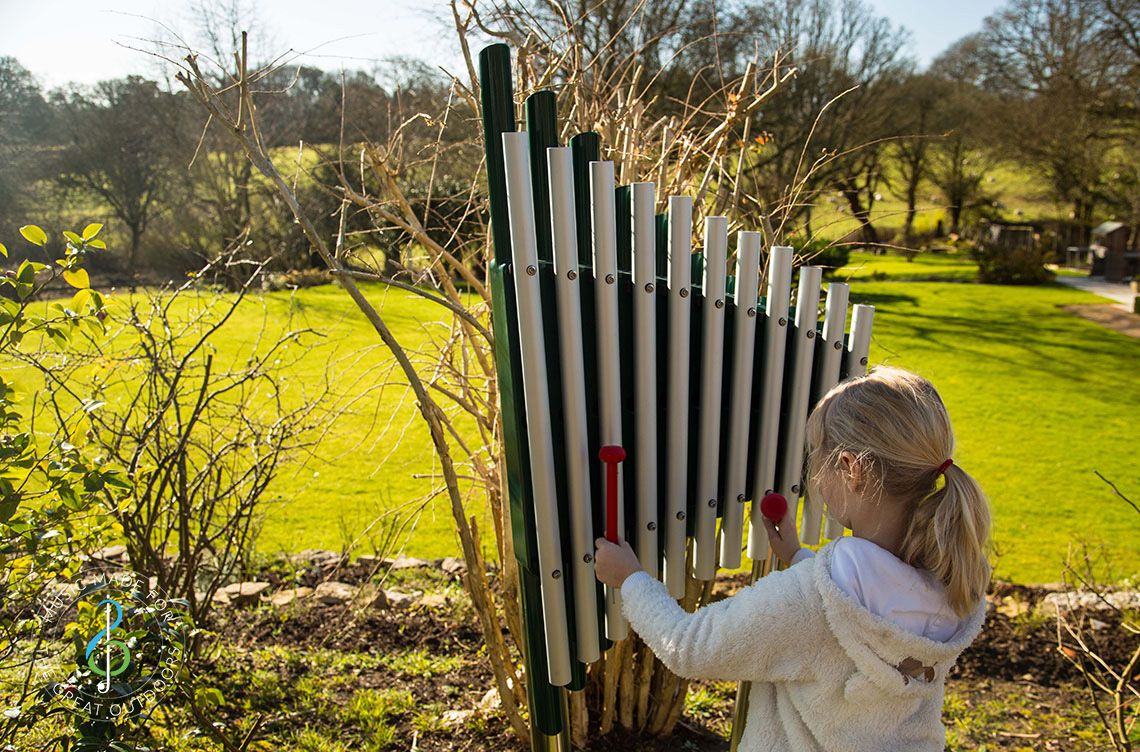Making Play Limitless – Music in Open Ended Play
Open-ended play is vital to a child’s development. It enables learning in a truly holistic way through active play and exploration, with no instruction or direction. With no pre-determined limitations and no fixed answer, open-ended play means that children simply follow their imagination and allow the play to go in any direction their creativity takes them. As there are no set outcomes, there is no right or wrong way to play—no rules, no expectations, no specific problems to solve, and no pressure to come up with a finished product.
The Benefits of Open-Ended Play
The benefits for children engaging in open-ended play are numerous. Allowing for self-directed exploration and repetitive behaviors gives children the chance to experiment and consolidate their learning. Open-ended resources support this creativity, whilst resources that are made for a purpose tend to have a fixed outcome. For example, a large cardboard box might be a car, a shop, or a spaceship, whereas a puzzle will always be a puzzle. Whilst these kinds of fixed play resources have their own educational benefits, they can—for the most part—only ever be one thing.
The creative nature of open-ended play also enhances cognitive skills, such as working memory, cognitive flexibility, self-regulation, and self-discovery.
Children can focus on ‘creating’ based on their inner inspiration and motivation. Open-ended play can be an outlet for a stream of continuous thought development and expression. Open-ended play links directly with the Early Years Foundation Stage, allowing practitioners to observe children using a multitude of skills, such as creating props to support role-play or investigating shape, space, and measure. These observations also link to the characteristics of effective learning, which foster opportunities for children to create and think critically, play and explore, and be active in their learning.

Music Fosters Open-Ended Play
Unstructured outdoor musical play offers opportunities for children to discover ways to express their thoughts, ideas, and feelings. Improvising with music is a wonderful way to foster open-ended play. Outdoor musical instruments located in parks and playgrounds allow children to explore their musical selves, including their originality, and offer a safe, secure space in which to experiment with improvisation.
Open-ended musical play differs from teacher-structured music time in an educational setting. Initiated by children of their own volition and motivated from within, this kind of play and participation can also encourage performance. This is critical since many self-confidence issues regarding music and the performing arts are centered around the idea that you can “get it wrong” or that what you’ve created is less than perfect. Many of the Percussion Play outdoor musical instruments are tuned to a simple five-note musical scale called the pentatonic scale. Pentatonic scale notes are harmonious in whichever order they are played and great for developing musical skills and technique without tuition. Since it is impossible to play a ‘wrong’ note, anyone can create music that sounds good—building the confidence of inexperienced or very young musicians and encouraging spontaneous musical behavior. Suddenly, musical composition isn’t just for prodigies; it’s a form of artistic expression that every child is capable of doing, free to experiment with new concepts as they realize there’s no right or wrong way to engage.
Although children are surrounded daily by a variety of musical experiences, there are fewer and fewer opportunities for them to actively and freely engage in the music-making itself. Modern life means they’re inundated with melodies emitted from computer games, phones, TV shows, and toys, meaning most of the music they encounter is “unchosen,” therefore making them passive recipients of the music in their lives and not actively engaged in its selection or making. Given the chance, children are natural composers and love to experiment with sounds around them. The freedom of improvisation has significant effects on the development of a child’s creative musical thinking and musical originality—the way the child uniquely manipulates musical sounds—and increases their musical potential.

Open-Play Environments to Practice and Hone Key Skills
Children grow emotionally, socially, creatively, and cognitively through spontaneous music and movement. Their impromptu musical performances often reveal what they are thinking, seeing, or doing. Even when their language isn’t quite at a level to articulate their fears, excitements, or opinions, the type of music they produce during open-ended play will speak volumes.
It is imperative that young children are given access to environments that support this musical freedom, interaction, and development, as well as the time to enjoy them. The permanence of outdoor musical instruments means no tidying away at the end of the day, allowing children to constantly revisit and tweak their musical compositions or repeat their choice of learning. This enables them to merge all the information they have gathered when experimenting with pitch, tempo, and dynamics.
Playgrounds are awesome places to encourage open-ended play: spaces that children of all backgrounds can enjoy, in play areas that fuel young imaginations, encourage interaction, and engage all of the senses.

Encouraging Open-Ended Play
Open-ended play strips away all rules, expectations, and time frames and encourages children to think for themselves. Children learn to react better in situations, make choices, and feel more inspired. When a child is asked to solve an academic or real-life problem, they will be better equipped to resolve it by using the skills they have practiced and learned during open-ended play.
Whether you’re playing with a child or asking about their play, use open-ended questions and avoid directing their play or taking over their lead. Nothing squashes open-ended play more than being told what or how to play. Follow their lead and nurture their creativity and problem-solving skills.
By permitting our resources, learning environments, and our support as adults to be open-ended, learning through play continues to be dynamic—and, most of all, fun.
Further information on the positive effects of music and the great outdoors can be found here on our website. Take a look at our knowledge base, which hosts articles detailing the varied benefits of musical and outdoor play and White Papers on various music, play, and health-related topics.

